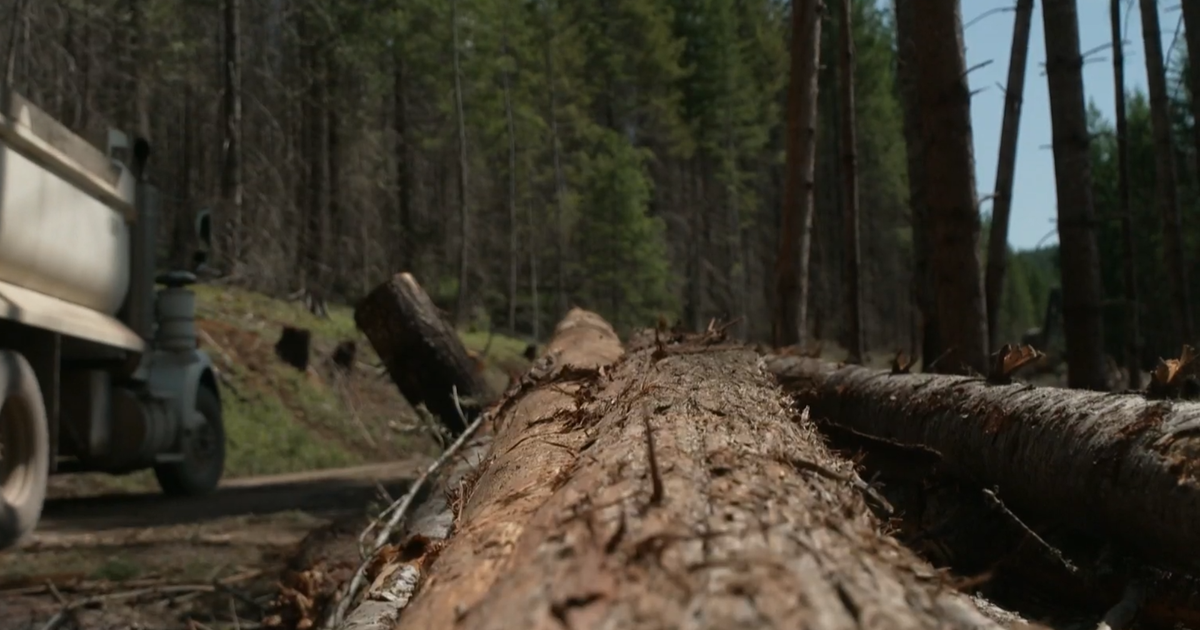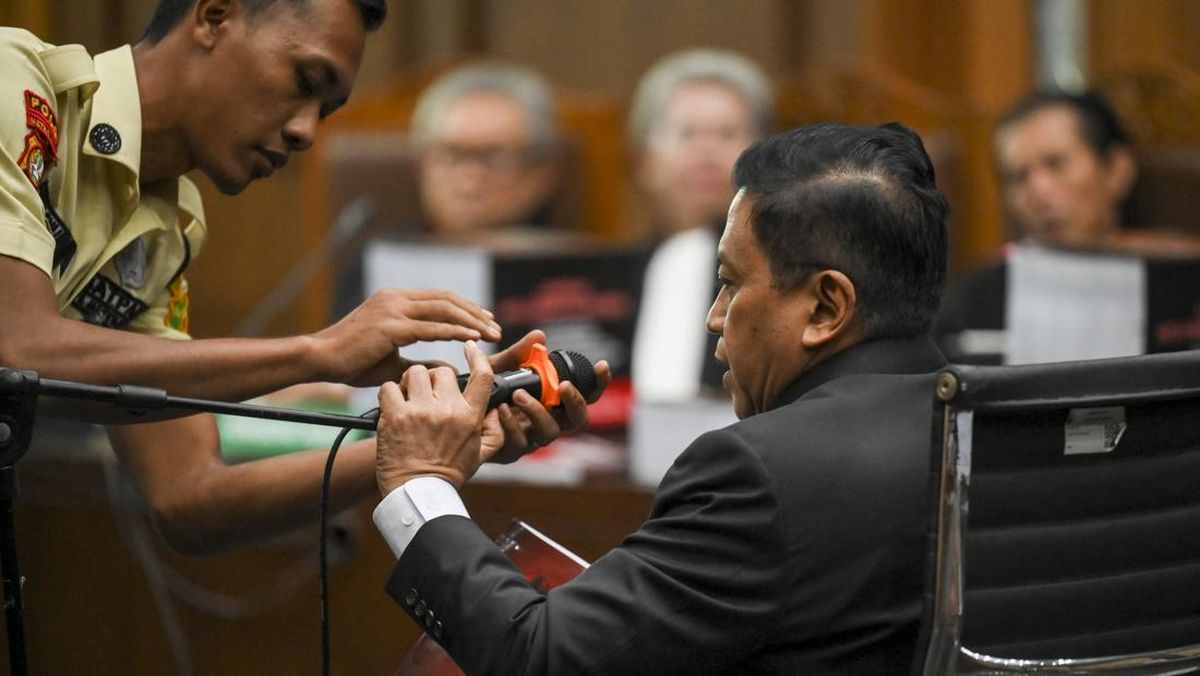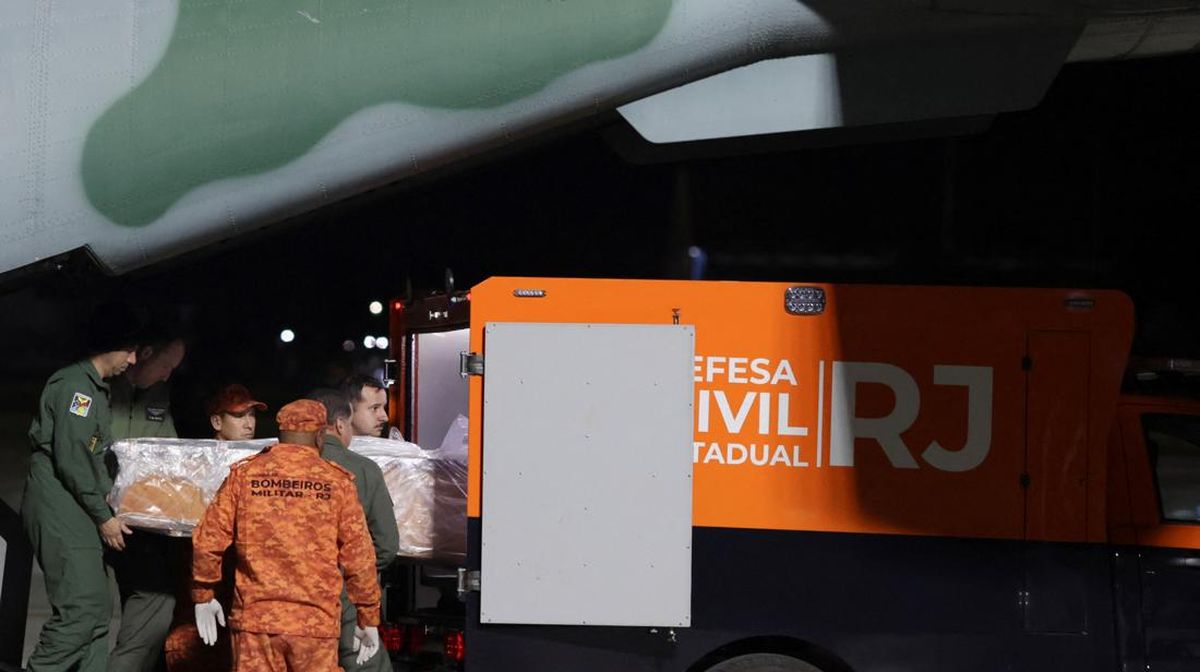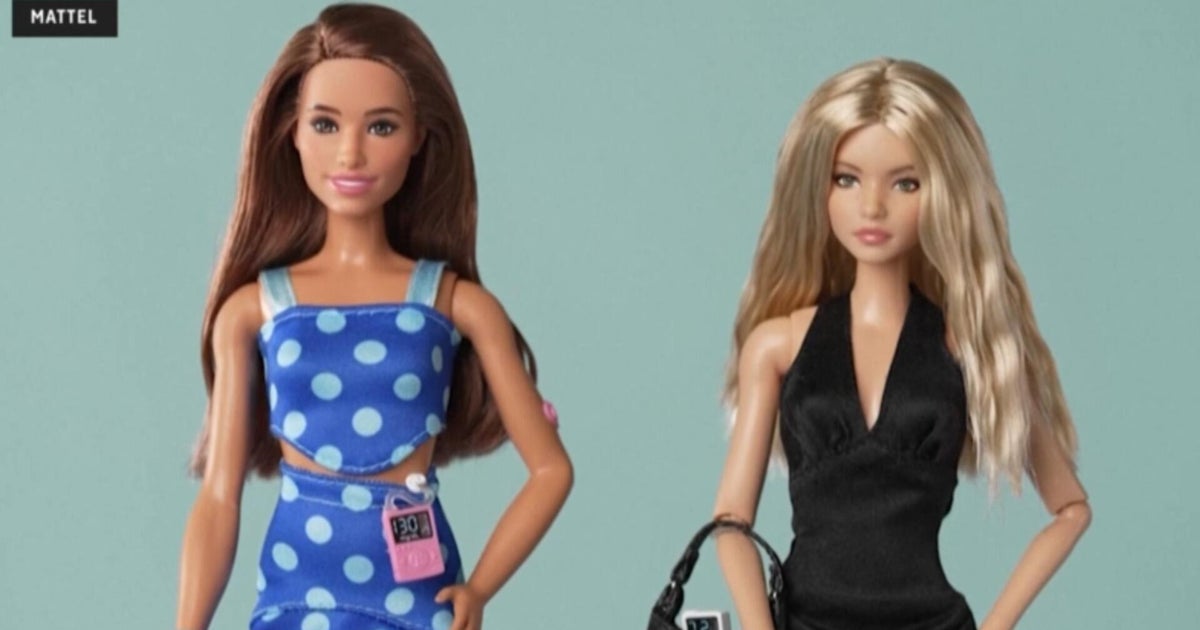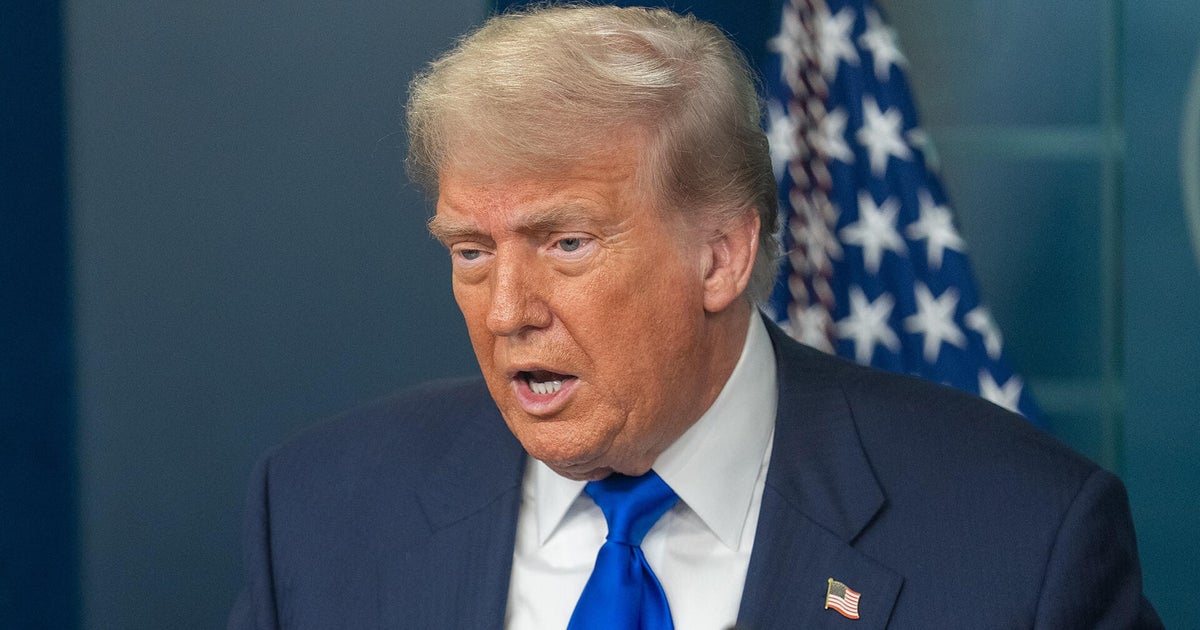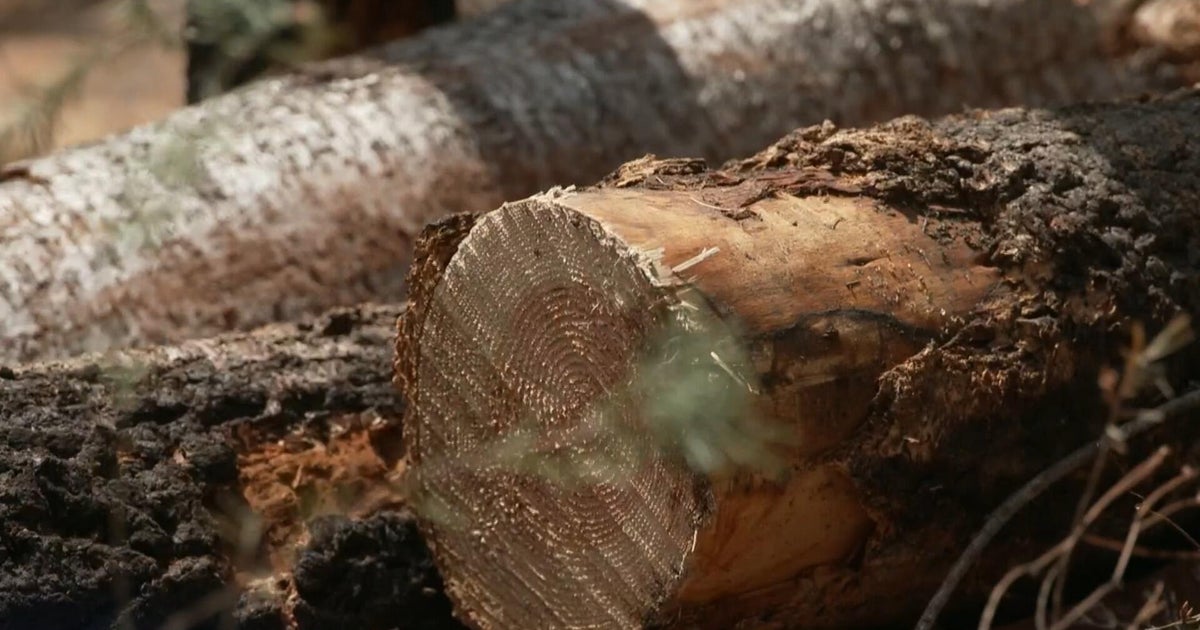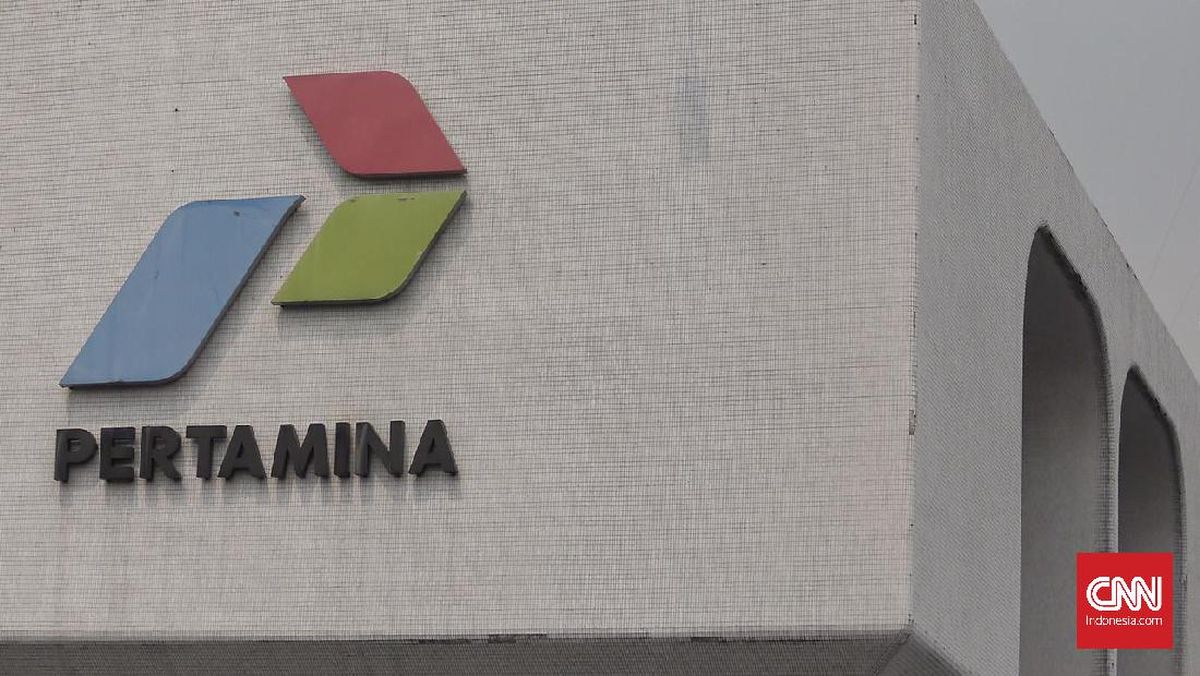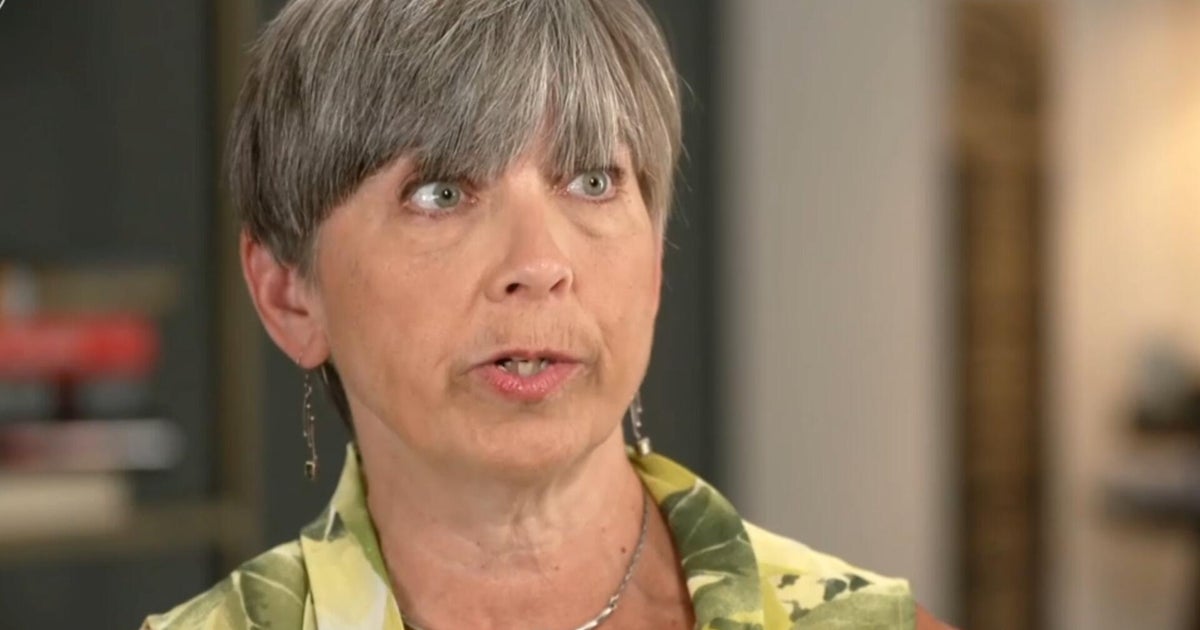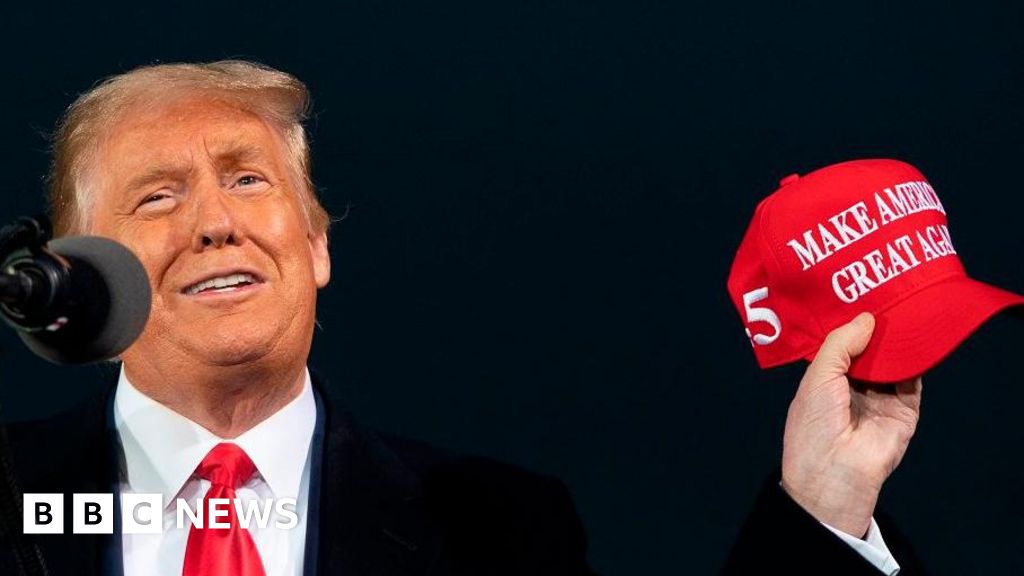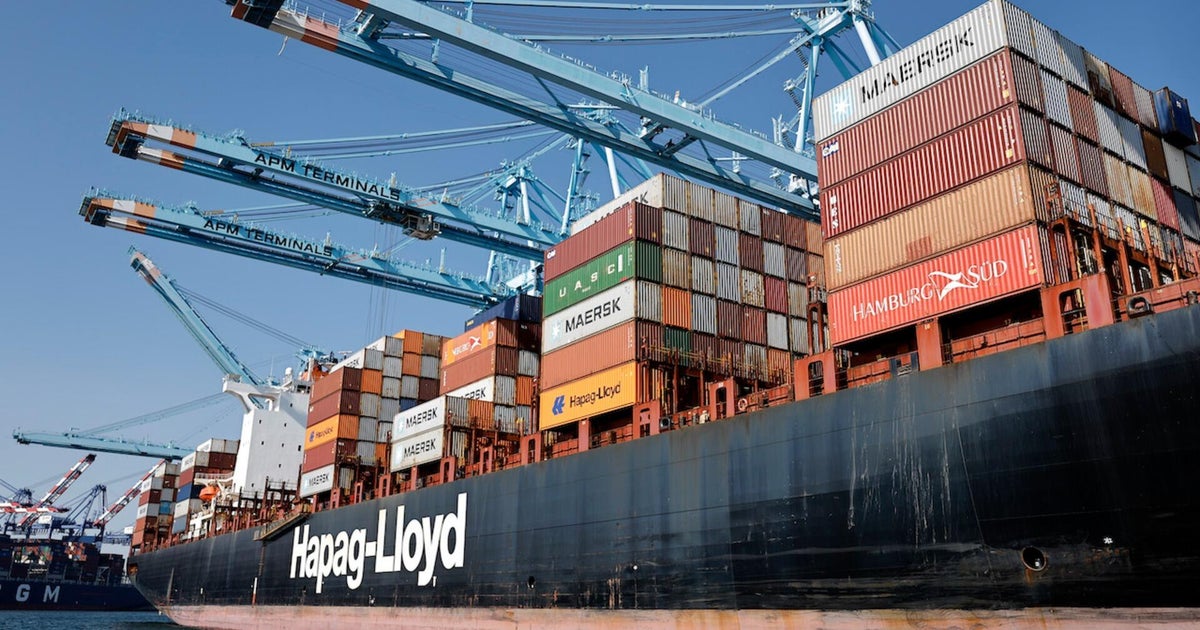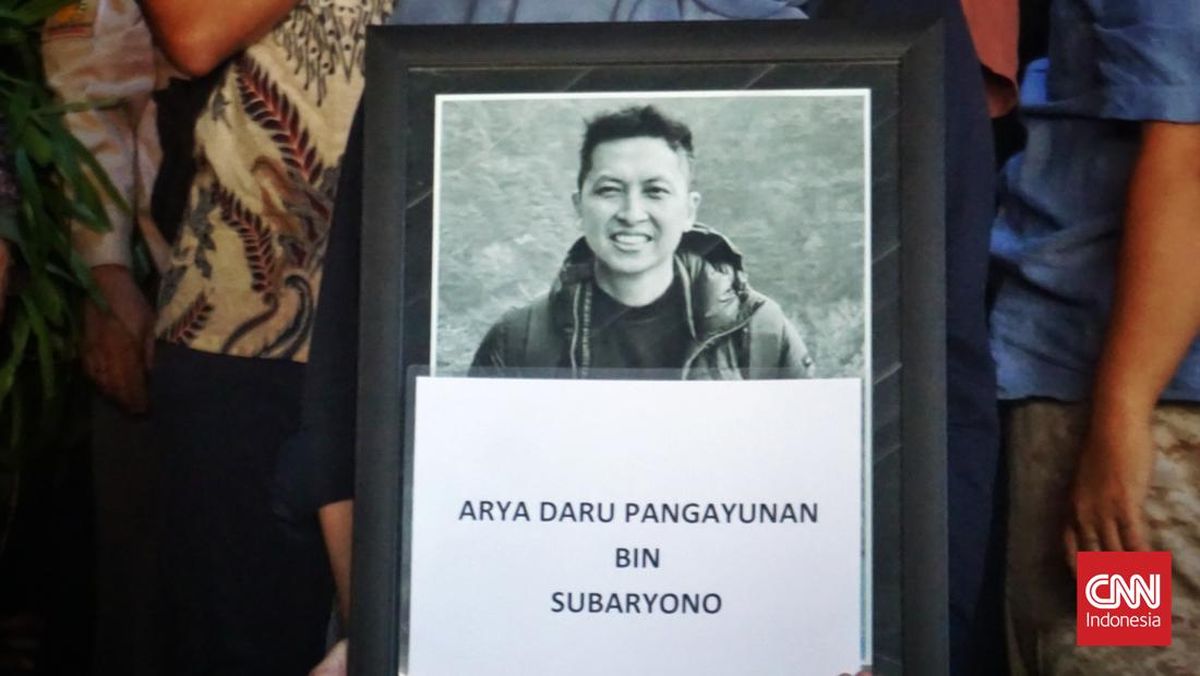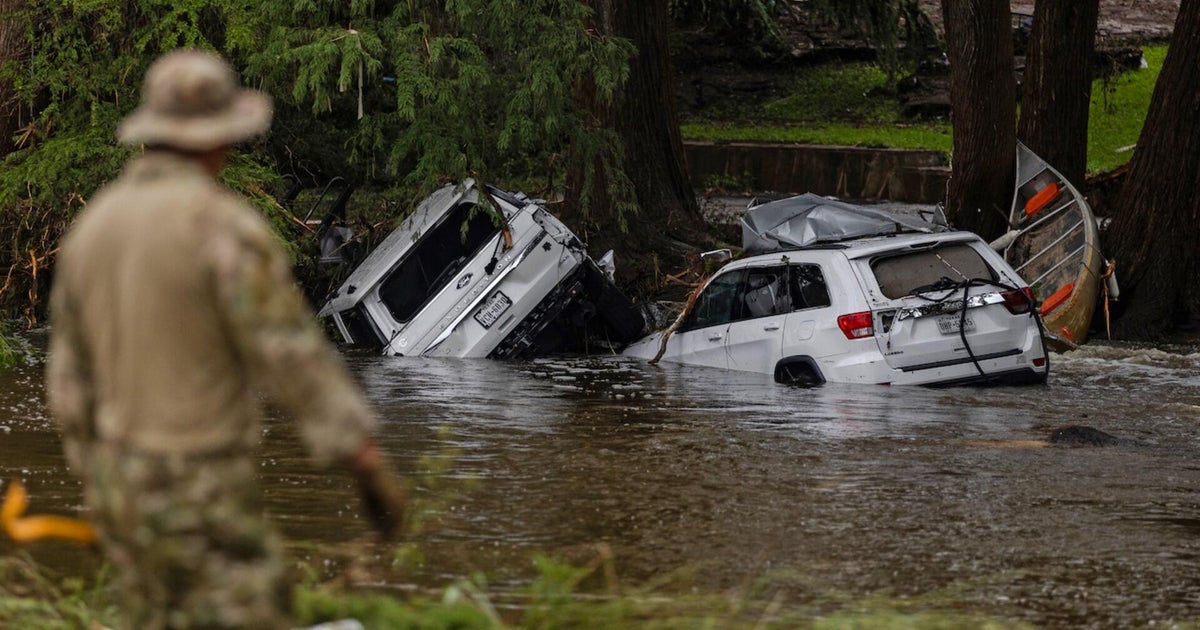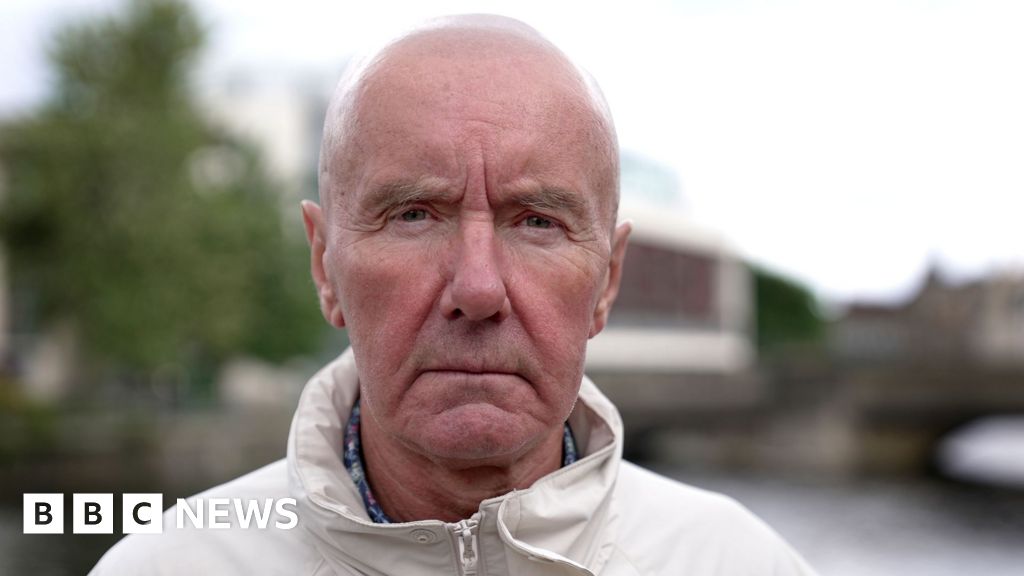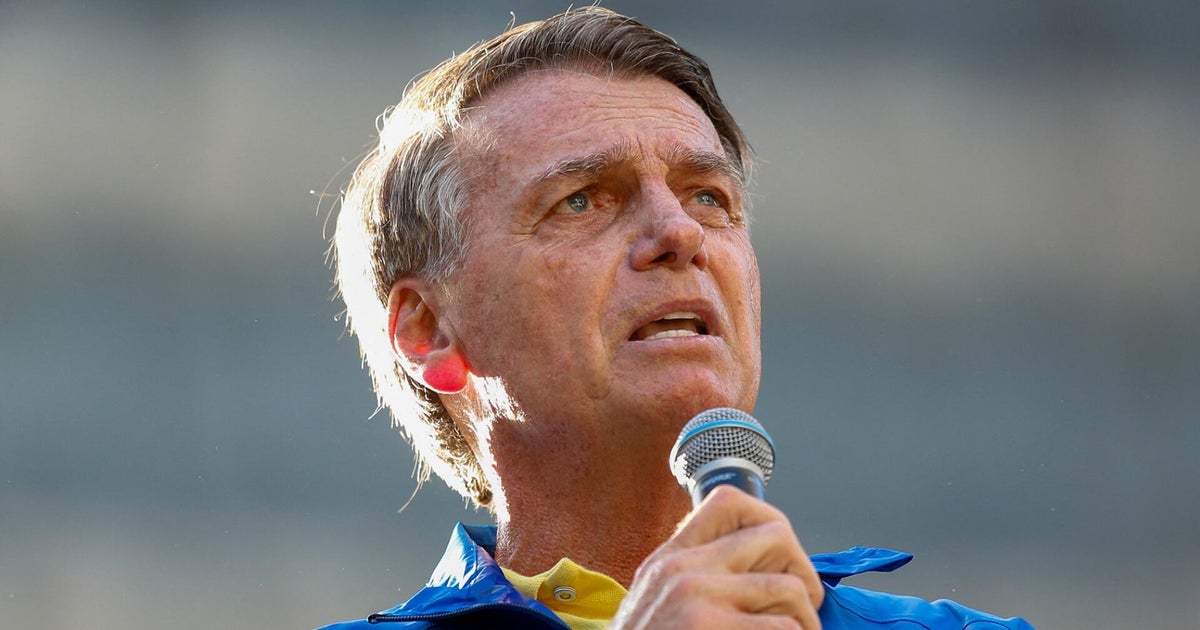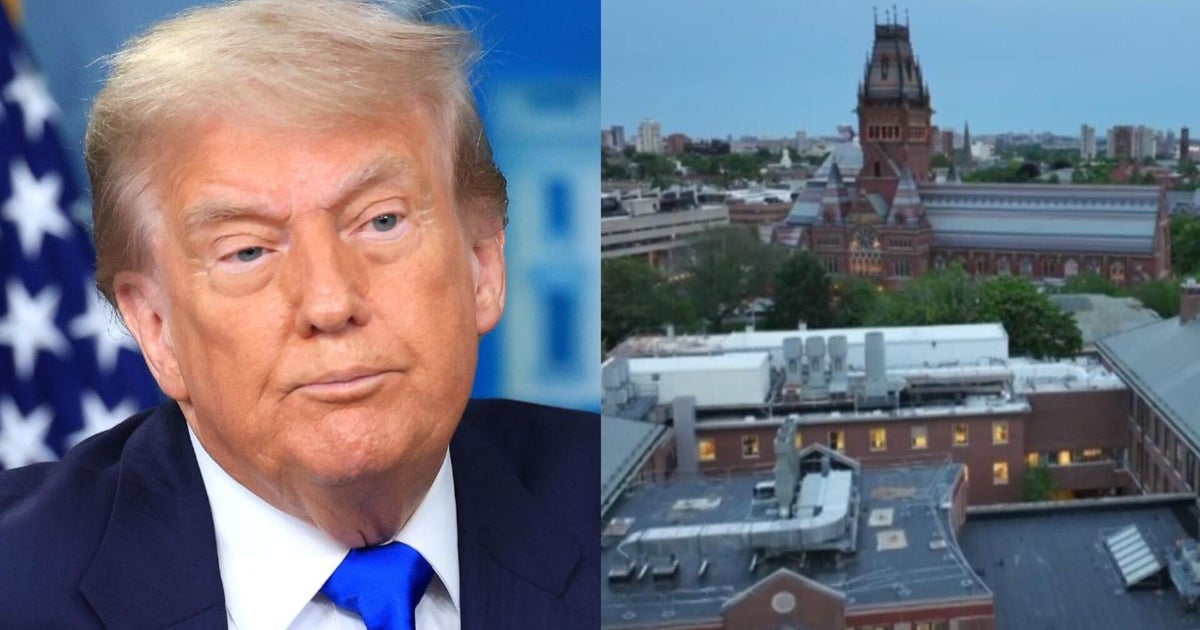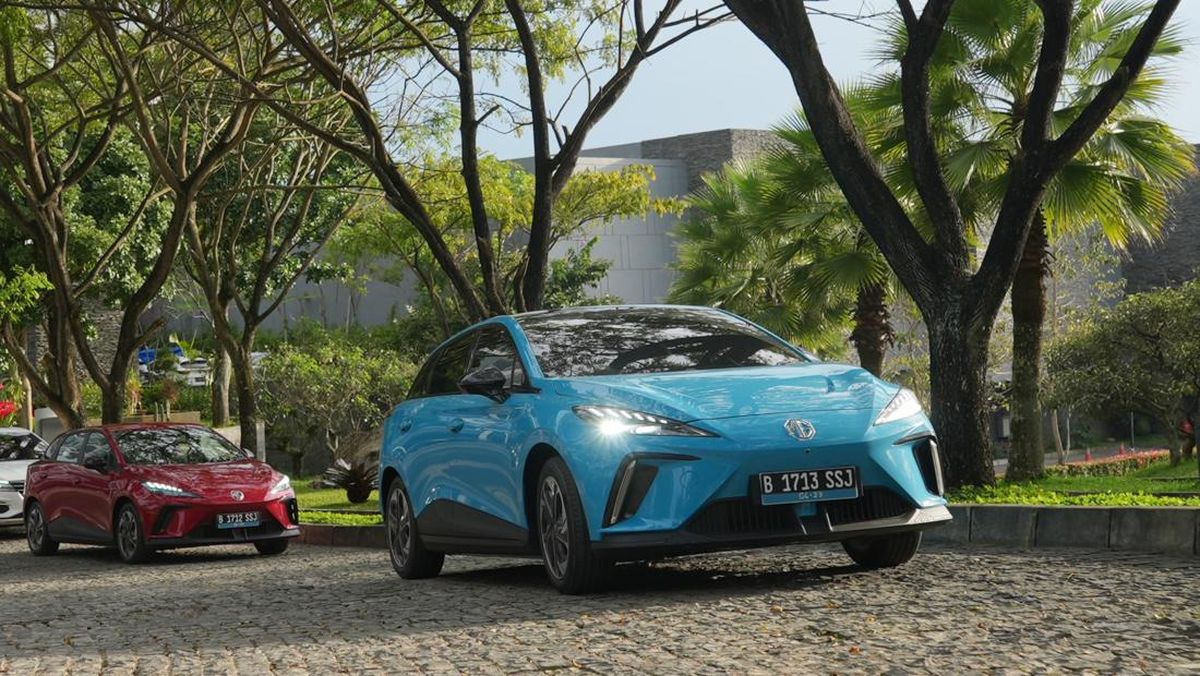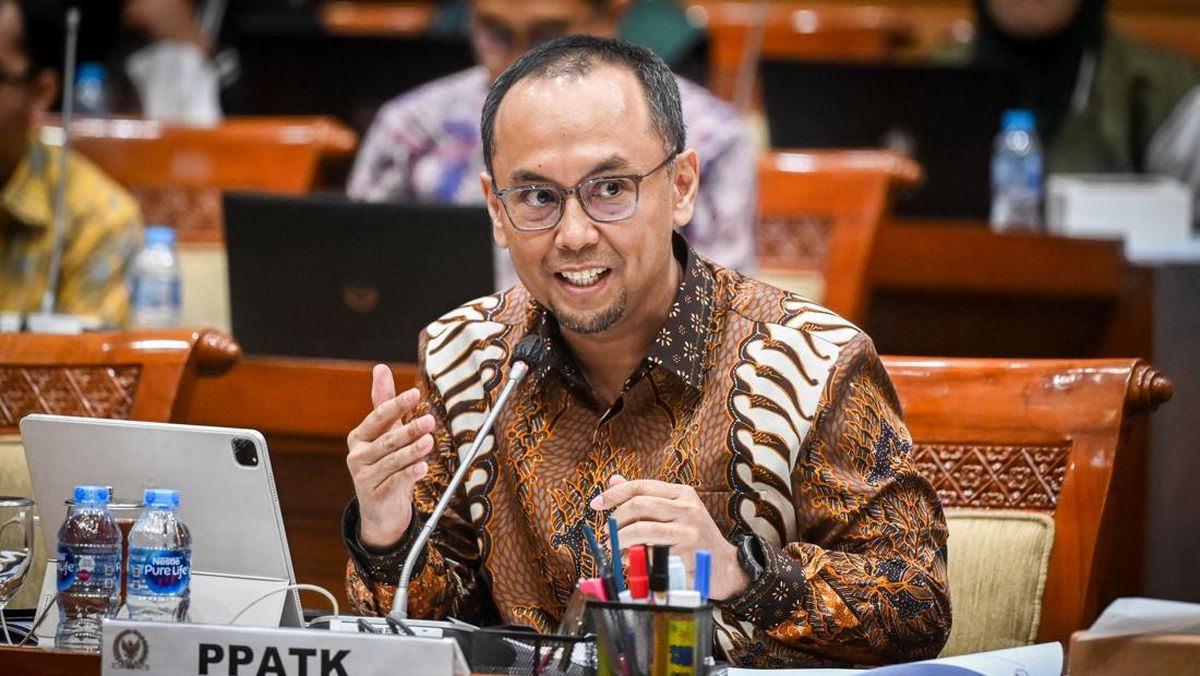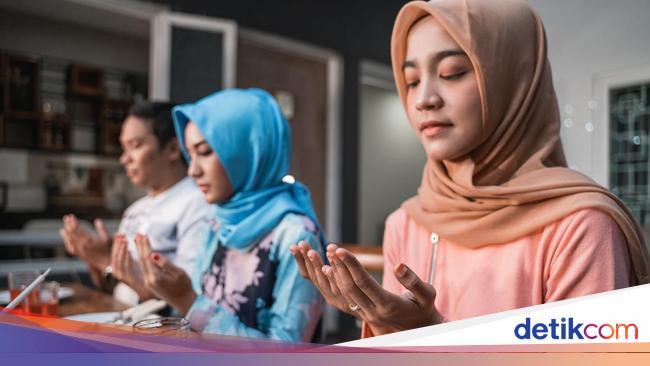More than one in four young adults are getting sunburnt, and rising numbers are exposing themselves to high levels of cancer-causing UV radiation with little protection, as social media trends promote tan lines and sunbathing routines.
Almost 26 per cent of 18- to 24-year-olds reported being sunburnt in the previous four weeks, more than any older generation and significantly higher than the 14.8 per cent reporting sunburn overall, according to the Cancer Institute NSW’s latest Sun Protection Behaviours Report.

Grace Passfield, who had stage 4 melanoma, with her husband, Ben, and sons Lucas, 5, and Will, 7.Credit: Scott Lahiff Photography
The survey of 11,297 adults in 2022 found that almost half of young adults reported frequent sun exposure (48.7 per cent versus 41.4 per cent in the overall population), and they were less likely to wear protective clothing, sun-safe hats and sunglasses.
Meanwhile, roughly 70 per cent of 18- to 24-year-olds are pro-tanning, said Matthew Warner-Smith, acting director of screening and prevention at the Cancer Institute NSW.
“An increasing number of young people have this misconception that fake tanning protects against sun exposure and sun burn; therefore, they don’t need sunscreen … more than one-third in 2024/2025, up from 23 per cent the previous year,” Warner-Smith said.
Loading
Nationally, Cancer Council research found that nine in 10 Australians aged 18 to 30 intentionally or unintentionally sunbathe. Young women aged 15 to 24 (26 per cent) were more likely to try to get a suntan than young men (15.3 per cent), an analysis of ABS data showed.
“We can’t underestimate the influence of social media,” Warner-Smith said.
About 40 per cent of young people said people they follow on social media really influence them to get a sun tan, significantly higher than other age groups.
“There’s also much more sensitivity to body image concerns around tanning than older age groups,” he said.
TikTok trends show young women proudly displaying their tan lines and sunburnt skin.

Screenshots of TikToks promoting suntanning.Credit: TikTok
Influencers share their tanning routines, monitor UV ratings to time their sunbathing sessions for maximum UV exposure, and market apps that tailor tanning regimens powered by AI.
Hannah English, a former pharmaceutical skincare scientist, author and digital creator, was not surprised by the results.
“The tan lines trend is horrifying,” said English, whose online content promotes correct sunscreen application and encourages her predominantly female following to adopt multiple forms of sun protection.
“You watch a tanning video on social media, and [the platform algorithm] shows you more of the same and it normalises it,” she said.
Young men were particularly challenging to reach, English said.
“I’ll get messages from women asking, ‘How do I get my husband, boyfriend, brother, dad to wear sunscreen?’ ” she said.
Australia has the highest rate of skin cancer in the world, with an estimated 169,000 cases diagnosed in 2024. More than 2000 Australians die of skin cancer every year.
Grace Passfield has a photograph of the last time she breastfed her baby boy, Lucas.
Two large bruises stain her chest and arm – the outward traces of stage 4 melanoma that had spread under her skin, through her organs, including her bones and brain. She started immunotherapy three days later.

Grace Passfield with her younger son, Lucas before starting immunotherapy to treat stage 4 melanoma.
“I was an absolute hysterical mess,” the mother-of-two said of the days following her diagnosis in 2021 when she was 33.
The physiotherapist had encountered several stage 4 patients who had died in the course of her hospital and rehabilitation work.
“I thought, ‘That’s what was coming for me,’ ” she said.
Passfield recalls riding her bike in the middle of the day as a teenager, wearing a singlet top and no sunscreen.
“I got very badly burnt,” she said. “I was better than most about wearing sunscreen, but there were a few incidents like that.
“When I got a bit older, there were the odd days when I’d forget to wear sunscreen or a hat or stay out for too long in the sun.”
Passfield underwent immunotherapy over four years, enduring severe side effects.
“I’ve had two clear PET scans since my last dose in December,” she said. “Statistically speaking, I’m probably going to be all right.
“But it’s always on my mind. I will continue to have treatment and look fine, but I’m effectively living with a chronic disease and there’s always the risk of recurrence.”
Professor Tracey O’Brien, chief executive of Cancer Institute NSW, said: “Even in winter, adopting sun protection behaviours is essential, particularly at high altitudes and on reflective surfaces such as snow or ice.”
Acting NSW Premier Ryan Park said: “Australia has one of the highest skin cancer rates in the world, and we need to take the threat of skin cancer seriously and follow the simple, life-saving steps needed to reduce our risk of this deadly disease.”
The most effective defence against overexposure to UV radiation:
- Slip on protective clothing
- Slop on SPF50+ sunscreen. Sunscreen should always be applied 20 minutes before heading outdoors and reapplied every two hours.
- Slap on a wide brimmed hat
- Seek shade
- Slide on sunglasses
Source: The Cancer Institute NSW
Start the day with a summary of the day’s most important and interesting stories, analysis and insights. Sign up for our Morning Edition newsletter.
Most Viewed in National
Loading

